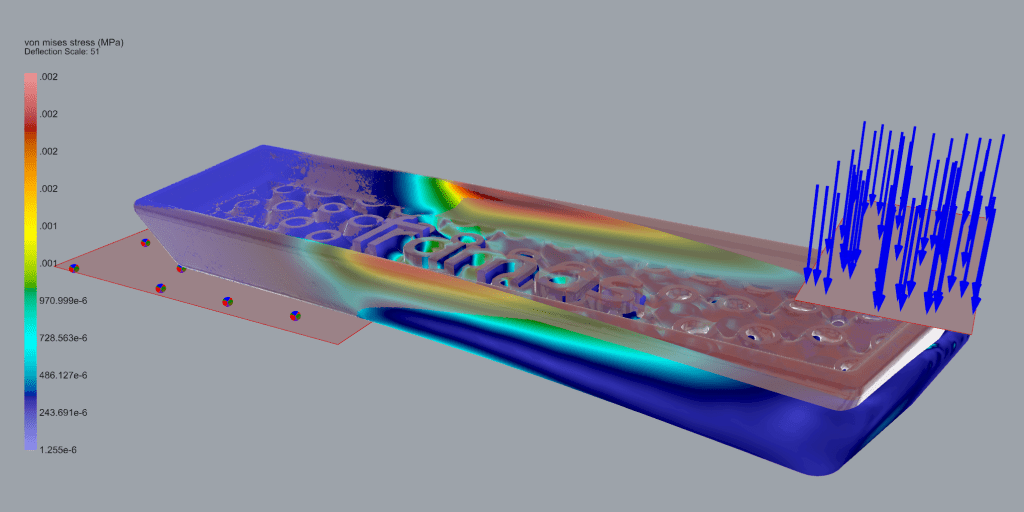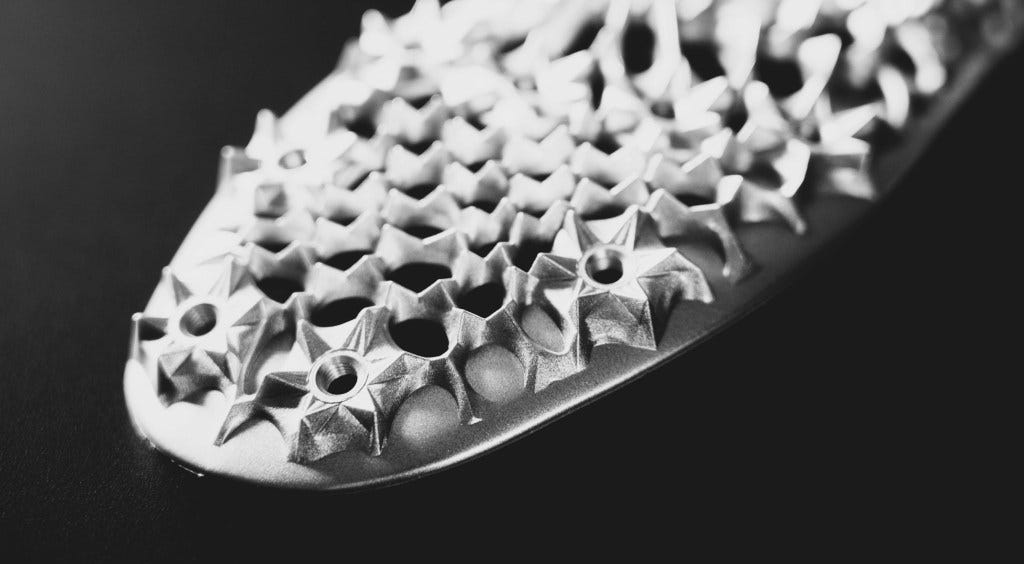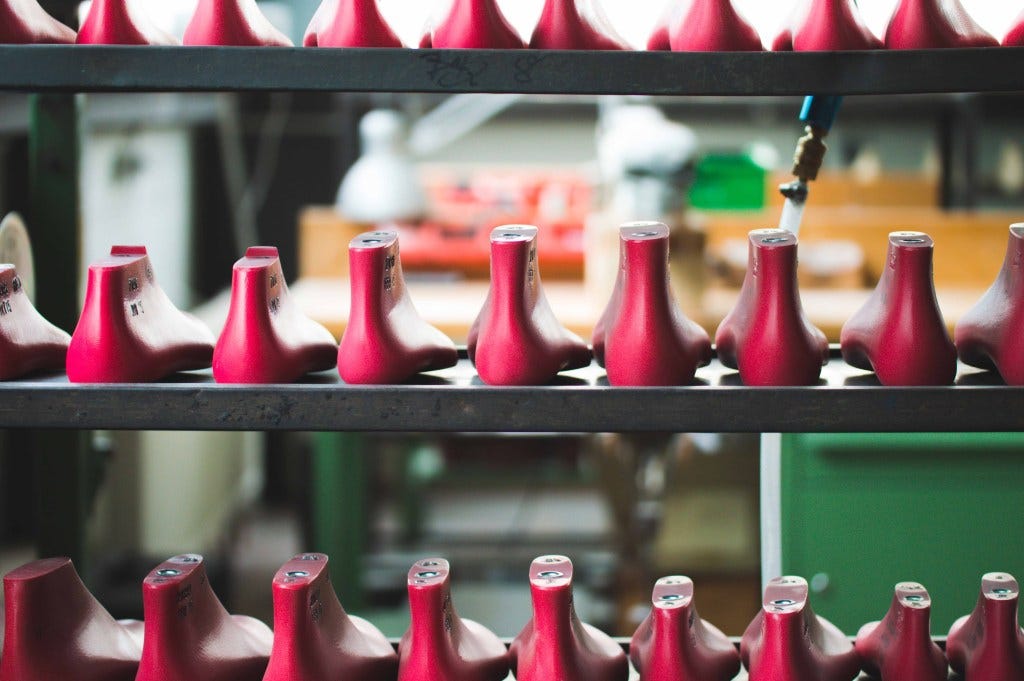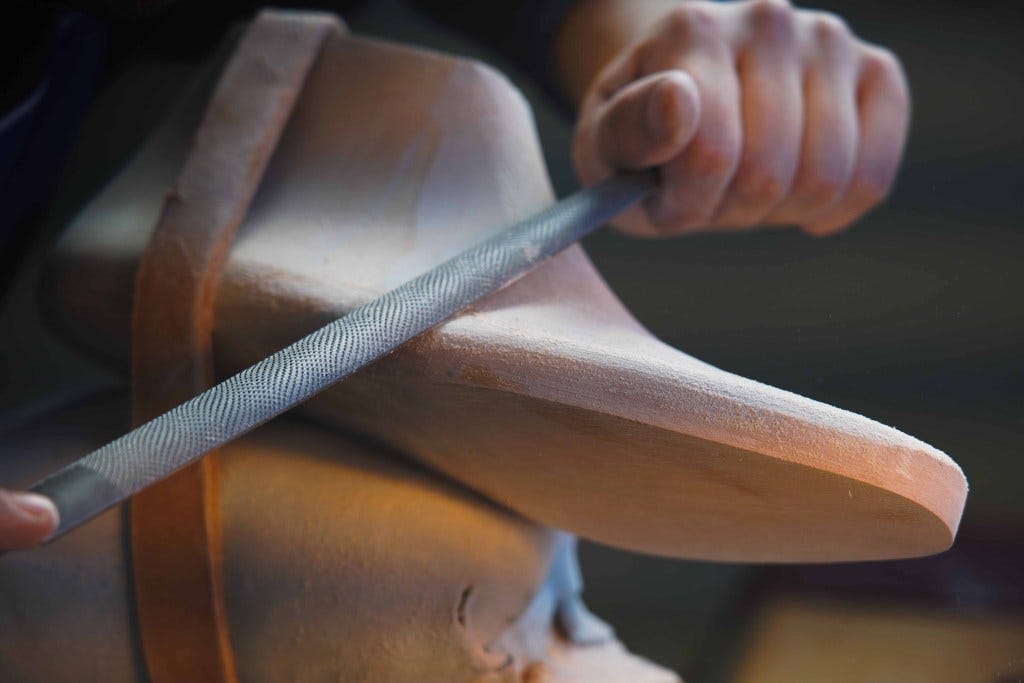Molding the Future: Computational Design in Footwear Tooling
Interview with René Medel of framas
René Medel returns to CDFAM following his 2024 presentation in Berlin, where he explored generative design workflows for footwear product development.
At CDFAM Amsterdam 2025, he builds on this foundation by expanding on how computational tools and additive manufacturing are now being applied to optimise mold tooling to reduce material usage, integrating cooling systems, and blending polymer and metal AM with conventional CNC in hybrid manufacturing workflows.
With decades of experience behind framas in producing performance plastic components for the footwear industry, René brings a contagiously curious perspective on how computational design and digital fabrication are reshaping a mass-production sector long dominated by subtractive methods.
framas is a global manufacturer specializing in high-performance plastic components for the footwear industry. With production sites in Europe, Asia, and the Americas, they supply leading footwear brands with parts such as eyelets, heel counters, and structural supports.
Their customers range from major athletic and lifestyle brands to performance footwear manufacturers, relying on framas for durable, precisely engineered components that meet demanding functional and aesthetic requirements.
In this interview, he discusses his role in driving innovation at framas, the tools that support his workflow, the advantages and limitations of today’s generative design software, and the hybrid systems that are enabling new efficiencies in footwear tooling.
Your presentation at CDFAM Berlin explored generative workflows and digital tooling for footwear. How does your upcoming talk in Amsterdam build on or expand that work?
Last year in Berlin, I shared some product creation and development workflows.
This time, I will share other cases related to mold optimization using generative geometry to reduce material and energy consumption, with proper strength and integrated cooling, using polymer and metal AM.
I will also highlight projects integrating printed parts with traditional CNC tooling in a hybrid manufacturing system for footwear.
framas brings decades of manufacturing experience to the footwear industry.
How are computational tools reshaping traditional workflows, and how does your role fit into that evolution?
Computational tools like Generative Design add a new layer of innovation, enabling AM to an industry traditionally ruled by subtractive manufacturing.
Performance plastic components for footwear is a mass production field where time-to-market is the key, therefore, all reductions in time cycles bring benefits to improve the service for our customers.
In my role, I look for innovation in all possible processes to optimize, always having in mind the heritage of shoe-making empowered by constantly evolving technologies.
Your workflow blends AI ideation, generative design, and additive manufacturing. Can you walk us through how these tools interact from concept to mold production?
In the creation stage, AI improves the ideation process however using human creativity and knowledge to combine shapes, materials, and processes. Sometimes is customer-driven and eventually, we do our own driven innovation.
Computational Design is required to handle complex shapes, texturing, and mold constructions that will be prototyped and produced by AM.
What commercial tools are most important in your process, and where do you rely on custom scripts or in-house solutions to get the results you need?
As you may know, I’m an old Rhinoceros user/trainer. It’s an important part of my creation skills, and fortunately, it is also well-adapted software in the footwear industry.
Coding is not my cup of tea, so a more visual algorithmic approach is better, and that’s where Grasshopper empowers generative design, not only because it’s included in Rhino but also because the support, third parties, and community are great.
There is no need to start from scratch to obtain in-house solutions.
Are there still key limitations in today’s software when it comes to footwear tooling or mold design? What capabilities would you like to see developers focus on next?
I see just a few limitations in software.
The bigger challenges are about rethinking and pushing the boundaries in the mold-making processes taking the new features that AM can bring into the game.
AM enables metamaterials like ADMS, but should also bring benefits like mechanisms for reducing clamping, sliders, and improving sealings and draft angles in a dynamic adaptive way and printed at once.
This kind of research for development should be considered in AI-driven software which foresees new paths for engineering solutions out-of-the-box (or out-of-the-block).
What I like the most about AI, are the “happy accidents” that bring nonsense or unthinkable solutions, which after the converging phase could turn into something new and feasible.
What do you hope attendees take away from your Amsterdam presentation—and what kinds of conversations are you hoping to have at CDFAM this year?
I would like the attendees to understand that in the footwear industry, we are pushing traditional design, development & manufacturing into the current tech-driven industry 4.0.
Upgrading the tradition of decades in shoemaking is challenging but satisfying if we think that all improvements in production processes will increase efficiency, not only on the commercial side but luckily also in the innovation and sustainability aspect of footwear production.
I’m super excited to listen and talk about the trailblazing footwear projects like New Balance and Lightspray from ON Running, among other incredible printing technologies like Carbon and RLP.
I cannot wait to hear more from CDS, McNeel, ShapeDiver, and spherene. It’s a great speakers tribune and hope to take lots of inspiration from them. I’m confident this time it will be much more than heat exchangers!
To see how René’s work has evolved, we recommend watching his previous CDFAM Berlin presentation on generative workflows in footwear design. It provides helpful context for his expanded focus on mold optimization and hybrid manufacturing in Amsterdam.
Register now to attend CDFAM Amsterdam 2025 and connect with René Medel and a growing community of designers, engineers, architects, and researchers applying computational design across scales and industries, from footwear tooling to adaptive facades and everything in between.
Space is limited for this two-day symposium, and registration is filling quickly.
Secure your spot now to take part in the conversations exploring the future of design, manufacturing, and automation.










